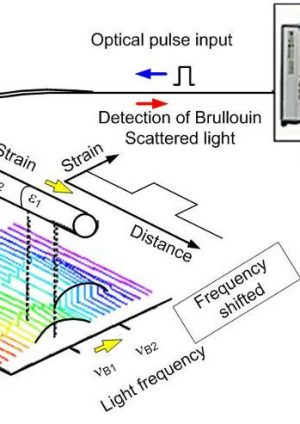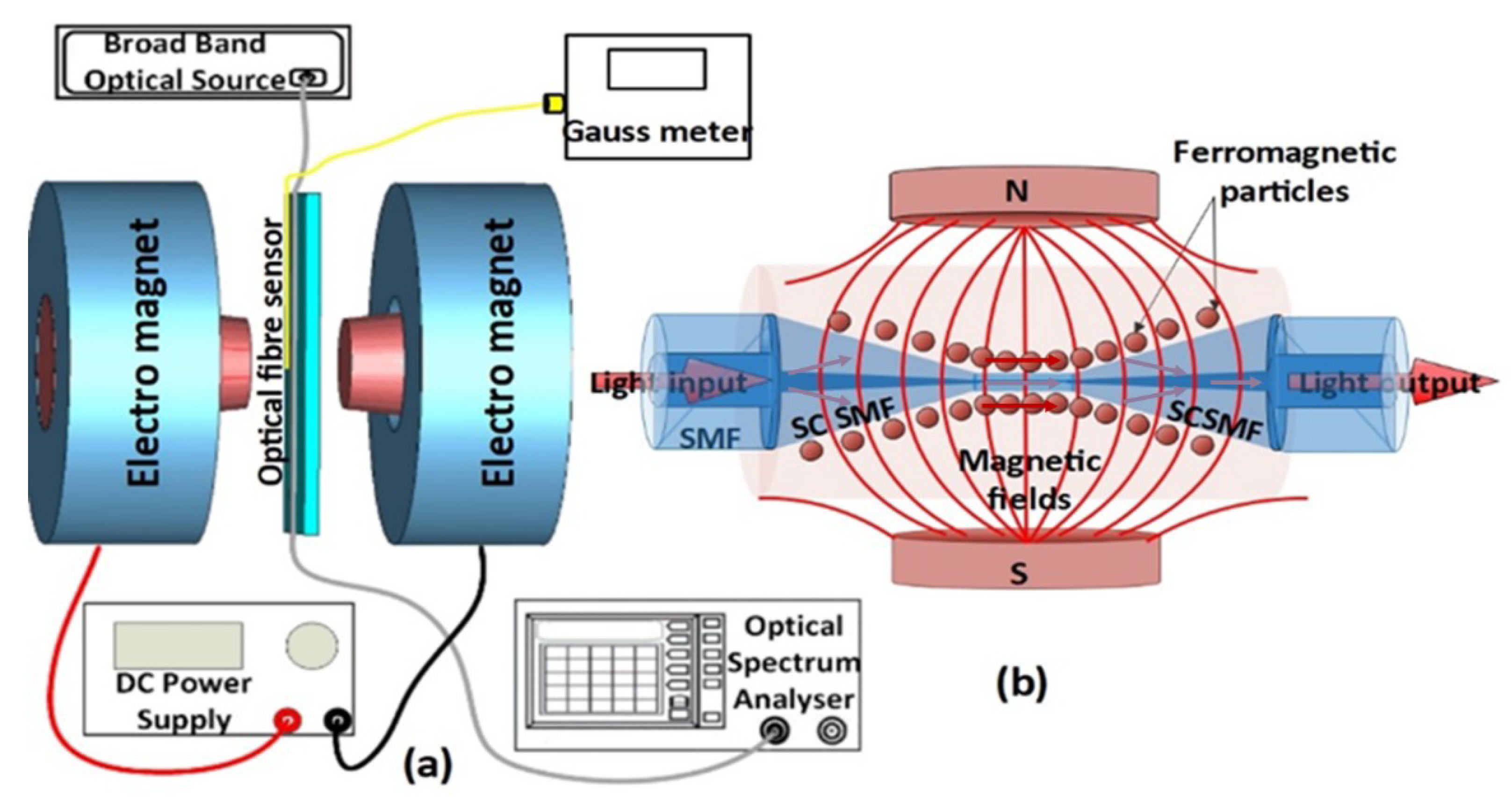Improve Fiber Quality with an Precise Optical Fibre Diameter Analyser
Improve Fiber Quality with an Precise Optical Fibre Diameter Analyser
Blog Article
Unlock Precision: The Ultimate Overview to Optical Fiber Size Analyser Equipment
Precise dimension of optical fibre diameter is essential for enhancing the performance and integrity of fiber optic systems. This overview supplies a thorough introduction of the different diameter analyser tools available, from guidebook to automated remedies, each developed to meet specific functional requirements. Trick attributes such as measurement accuracy and calibration procedures are highlighted, together with best methods for optimal use. As we check out these devices, it ends up being apparent that the future of optical fibre evaluation is evolving rapidly, questioning about how these developments will influence the sector.
Importance of Optical Fiber Dimension
Properly measuring optical fiber diameter is essential in making sure optimal efficiency and integrity in communication systems. The size of optical fibers directly effects their light transmission capabilities, affecting bandwidth, depletion, and overall signal honesty. A specific measurement is necessary to preserve the wanted requirements for various applications, including telecommunications, data transmission, and picking up innovations.
Irregular or inaccurate fibre diameters can lead to boosted losses and reduced effectiveness, ultimately endangering the performance of the whole interaction network. Additionally, variants in diameter can cause difficulties in splicing and linking fibers, resulting in higher operational expenses and potential system failures. Implementing strenuous measurement protocols is crucial.

Types of Size Analyser Equipment
To achieve dependable optical fiber dimensions, various size analyser tools are utilized, each developed to cater to certain measurement needs and applications (optical fibre diameter analyser). These devices can be extensively categorized into three major kinds: manual, semi-automated, and completely automated analyzers
Hand-operated diameter analyzers are typically made use of in smaller sized laboratories or operations where accuracy is required however production quantity is low. They use operators straight control over the dimension procedure, permitting cautious modifications and verifications.
Semi-automated diameter analyzers boost effectiveness by combining manual input with automated features. These tools often consist of user-friendly interfaces that improve the dimension process while still enabling operator oversight.
Totally automated size analyzers represent the peak of measurement innovation. These sophisticated systems incorporate advanced sensors and software application to offer real-time measurements with very little customer treatment. They are perfect for high-volume manufacturing settings, ensuring regular accuracy and rapid information collection.
Each kind of diameter analyser serves unique functional needs, making it essential for users to very carefully review their specific demands when picking the appropriate device for optical fiber dimension.
Secret Features to Consider
When selecting an optical fiber size analyser, several vital functions call for cautious factor to consider to guarantee optimum efficiency and dependability. First, measurement precision is paramount; seek devices that offer high-resolution readings, ideally in micrometers, to ensure accuracy in size evaluation. Additionally, the rate of dimension is vital, especially in manufacturing settings where efficiency is important.
Another vital function is the calibration process, as a reputable analyser ought to provide simple calibration procedures to keep dimension stability in time. The array of sizes the device can gauge is also substantial; make sure that it fits the particular fiber types relevant to your applications.
Mobility could be a factor to consider, especially for fieldwork; portable and lightweight layouts enhance use in numerous setups. In addition, user-friendly user interfaces and software compatibility can help with smoother procedure and data evaluation.
Last but not least, take into consideration the support and warranty used by the maker; reputable client service and detailed service warranty options can secure my website your investment and ensure long-lasting contentment. By concentrating on these attributes, you can select an optical fibre size analyser that satisfies your specific needs and boosts your functional capacities.
Ideal Practices for Usage
Reliable use of optical fibre diameter analysers pivots on a comprehensive understanding of best practices that improve measurement dependability and accuracy. Guarantee that the analyser is calibrated appropriately before each usage. Calibration against recognized requirements minimizes possible mistakes and establishes a standard for succeeding dimensions.
2nd, keep a clean environment. Dirt, moisture, or contaminants on the analyser or the fibre's lenses can skew results. Consistently check and cleanse both the fiber and the tools to preserve optimum efficiency.

In addition, carry out dimensions at regular temperatures and moisture degrees, as ecological variables can impact outcomes. Record each measurement thoroughly, noting conditions and any type of anomalies run into throughout the get redirected here process.
Future Trends in Optical Fiber Evaluation
As the need for high-performance optical fibres remains to increase, improvements in evaluation methods are set to change the market (optical fibre diameter analyser). Future fads in optical fibre evaluation will likely be driven by increased automation and the combination of expert system (AI) and equipment learning (ML) innovations. These innovations assure to boost information accuracy, minimize analysis time, and allow real-time monitoring of fibre quality
Additionally, the development of easy to use and mobile analysis tools will facilitate on-site assessments, permitting higher flexibility and effectiveness in production settings. Improved imaging modern technologies, such as high-resolution imaging and spooky analysis, are expected to give much deeper understandings into fiber features, allowing producers to maximize their processes additionally.
In addition, as markets progressively embrace sustainability, there will be a promote environment-friendly materials and techniques in optical fiber production. This shift will necessitate new logical strategies to evaluate the efficiency and long life of these products under differing conditions.
Final Thought
Accurate dimension of optical fibre diameter is important for enhancing efficiency and making certain integrity in interaction systems. The diversity of size analyser tools, varying from handbook to automated options, highlights the relevance of choosing ideal features based on details operational requirements. Complying with finest practices enhances dimension effectiveness, while recurring developments in modern technology signal a change in the direction of better automation and sustainability in the field. Continued technology will certainly better improve the accuracy and performance of optical fibre evaluation.
Exact measurement of optical fiber size is necessary for boosting the efficiency and reliability of fiber optic systems. In a progressively linked globe, where high-speed data transmission is paramount, the duty of exact optical fiber size measurement can not be overstated, as it serves as the structure for robust interaction framework.When selecting an optical fibre size analyser, numerous vital features call for cautious factor to consider to guarantee ideal performance and reliability.Effective use of optical fibre diameter analysers hinges on a complete understanding of ideal methods that boost dimension dependability and try here precision.Exact dimension of optical fibre size is essential for optimizing efficiency and making certain integrity in communication systems.
Report this page